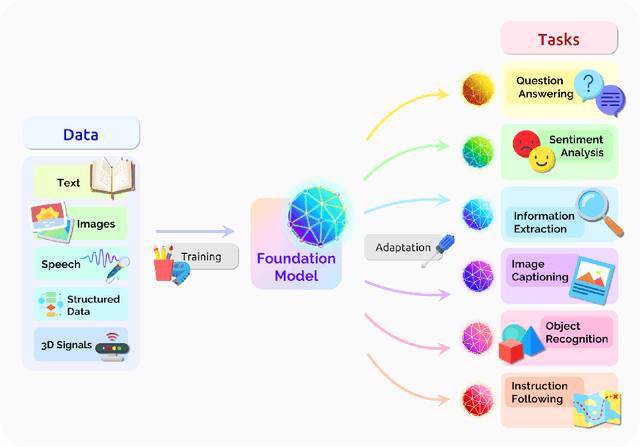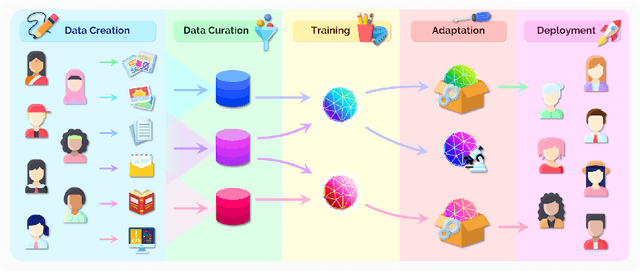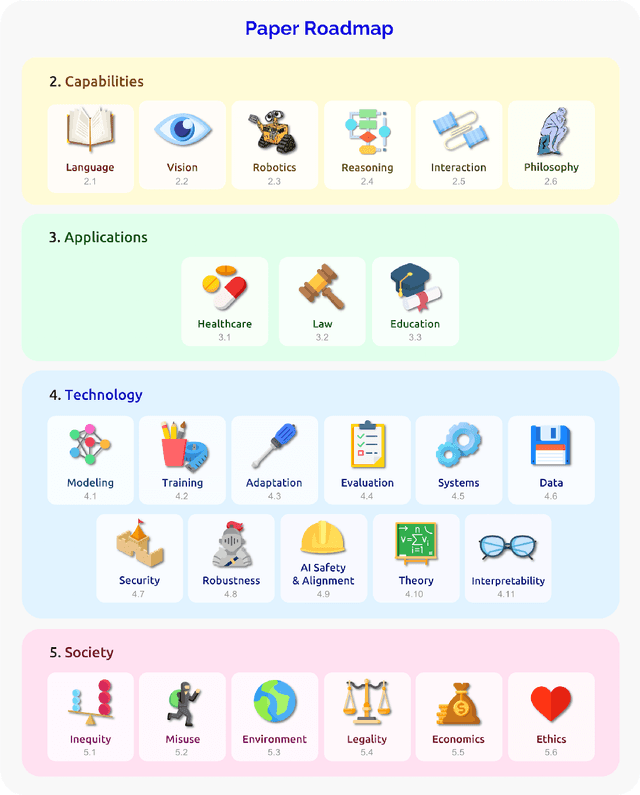Annie Chen
Safety Representations for Safer Policy Learning
Feb 27, 2025Abstract:Reinforcement learning algorithms typically necessitate extensive exploration of the state space to find optimal policies. However, in safety-critical applications, the risks associated with such exploration can lead to catastrophic consequences. Existing safe exploration methods attempt to mitigate this by imposing constraints, which often result in overly conservative behaviours and inefficient learning. Heavy penalties for early constraint violations can trap agents in local optima, deterring exploration of risky yet high-reward regions of the state space. To address this, we introduce a method that explicitly learns state-conditioned safety representations. By augmenting the state features with these safety representations, our approach naturally encourages safer exploration without being excessively cautious, resulting in more efficient and safer policy learning in safety-critical scenarios. Empirical evaluations across diverse environments show that our method significantly improves task performance while reducing constraint violations during training, underscoring its effectiveness in balancing exploration with safety.
AutoFT: Robust Fine-Tuning by Optimizing Hyperparameters on OOD Data
Jan 18, 2024Abstract:Foundation models encode rich representations that can be adapted to a desired task by fine-tuning on task-specific data. However, fine-tuning a model on one particular data distribution often compromises the model's original performance on other distributions. Current methods for robust fine-tuning utilize hand-crafted regularization techniques to constrain the fine-tuning process towards the base foundation model. Yet, it is hard to precisely specify what characteristics of the foundation model to retain during fine-tuning, as this depends on how the pre-training, fine-tuning, and evaluation data distributions relate to each other. We propose AutoFT, a data-driven approach for guiding foundation model fine-tuning. AutoFT optimizes fine-tuning hyperparameters to maximize performance on a small out-of-distribution (OOD) validation set. To guide fine-tuning in a granular way, AutoFT searches a highly expressive hyperparameter space that includes weight coefficients for many different losses, in addition to learning rate and weight decay values. We evaluate AutoFT on nine natural distribution shifts which include domain shifts and subpopulation shifts. Our experiments show that AutoFT significantly improves generalization to new OOD data, outperforming existing robust fine-tuning methods. Notably, AutoFT achieves new state-of-the-art performance on the WILDS-iWildCam and WILDS-FMoW benchmarks, outperforming the previous best methods by $6.0\%$ and $1.5\%$, respectively.
On the Opportunities and Risks of Foundation Models
Aug 18, 2021



Abstract:AI is undergoing a paradigm shift with the rise of models (e.g., BERT, DALL-E, GPT-3) that are trained on broad data at scale and are adaptable to a wide range of downstream tasks. We call these models foundation models to underscore their critically central yet incomplete character. This report provides a thorough account of the opportunities and risks of foundation models, ranging from their capabilities (e.g., language, vision, robotics, reasoning, human interaction) and technical principles(e.g., model architectures, training procedures, data, systems, security, evaluation, theory) to their applications (e.g., law, healthcare, education) and societal impact (e.g., inequity, misuse, economic and environmental impact, legal and ethical considerations). Though foundation models are based on standard deep learning and transfer learning, their scale results in new emergent capabilities,and their effectiveness across so many tasks incentivizes homogenization. Homogenization provides powerful leverage but demands caution, as the defects of the foundation model are inherited by all the adapted models downstream. Despite the impending widespread deployment of foundation models, we currently lack a clear understanding of how they work, when they fail, and what they are even capable of due to their emergent properties. To tackle these questions, we believe much of the critical research on foundation models will require deep interdisciplinary collaboration commensurate with their fundamentally sociotechnical nature.
 Add to Chrome
Add to Chrome Add to Firefox
Add to Firefox Add to Edge
Add to Edge